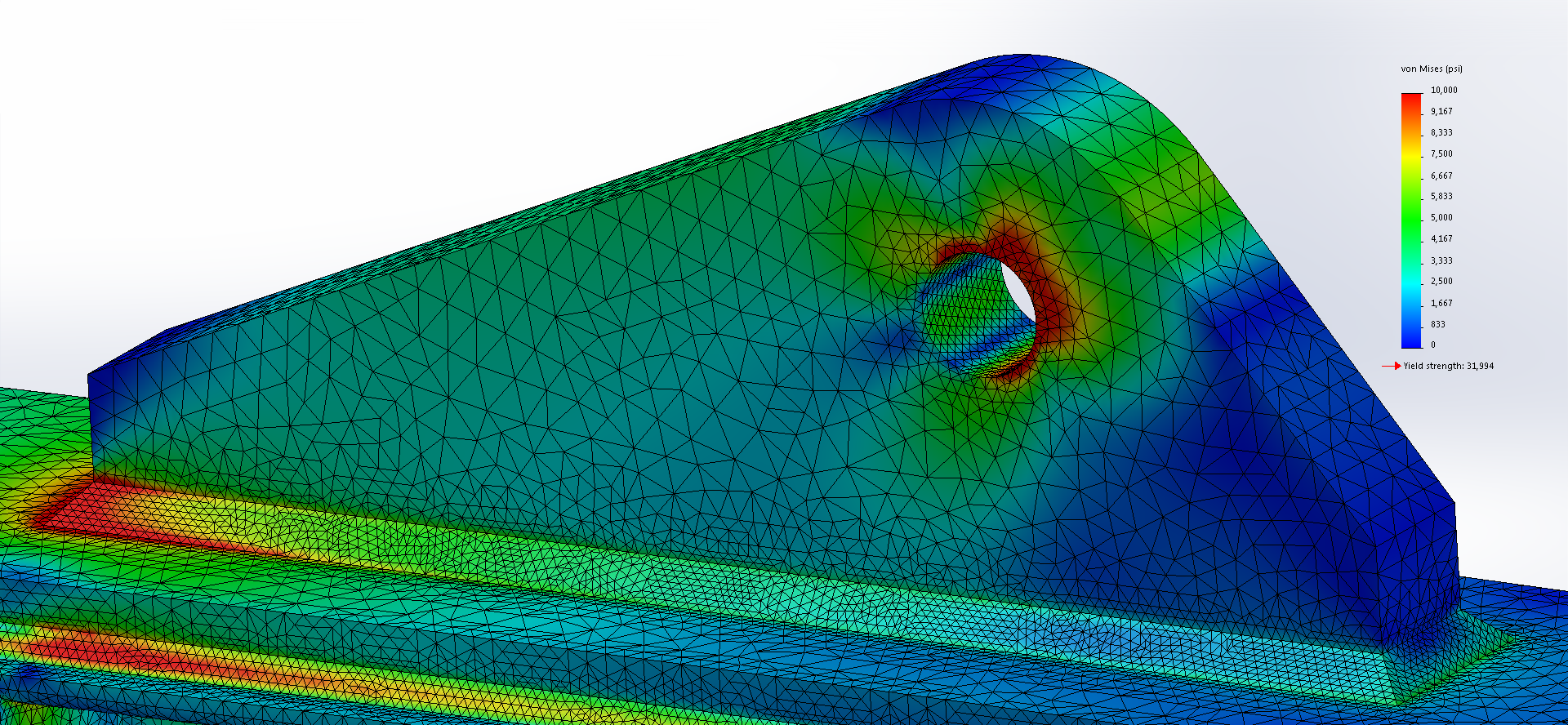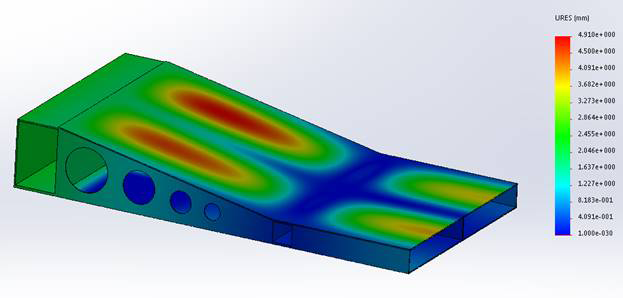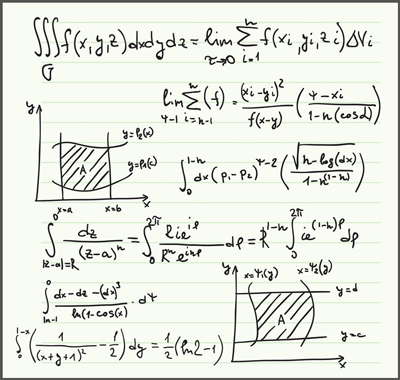INNOVEX FEA STRESS ANALYSIS | PROCESS
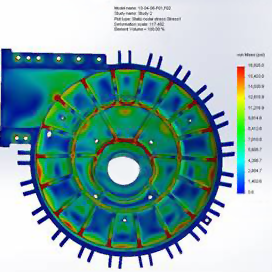
Here we provide some insight into our FEA stress analysis process. First, in order to solve complex industrial design problems, we use the latest finite element analysis software. We also employ frequent training and industry validation to keep our FEA team at the leading edge. When combined with daily practice in all types of projects, constant training further enables us to produce fast, accurate, consistent results.
FEA Model Creation and Simplification
To create a good model from scratch (or to simplify an existing model) we remove features and parts that will not affect simulation results. This may involve suppressing a large portion of the model, or adding material to fill irrelevant holes. Areas that may cause software instabilities are also fixed during this process. For instance, removing short edges and faces, or adding small fillets to sharp corners.
There are three main reasons why we simplify an FEA model. Speed, accuracy, and stability. When we remove small, less important features such as short faces and edges, we increase FEA stability. Thus the amount of time it takes to run a simulation can be greatly reduced based on how much of the original CAD model can be simplified. Removing unnecessary parts plays a large role in terms of speed. Removing or optimizing features that create an excess of mesh elements can further reduce overall time. Adding fillets and elements to corners while the mesh increases can eliminate corner inaccuracies. In our FEA stress analysis services, though, we use this tactic sparingly.
Meshing
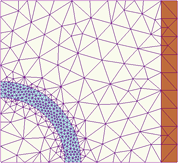
In order to run an FEA simulation the software must discretize the model into small shapes ("elements") that connect at the element nodes. Simply put, a higher amount of nodes and elements results in higher mesh accuracy. The number of elements and nodes in the model therefore determines the number of calculations. Simulation compute time can range from an hour to several days. Because the meshing process is a fine balance between accuracy and time, our goal is to determine the proper amount of mesh refinement in the areas of concern.
Boundary Conditions
Next, model restraints are applied to accurately depict its environment. Restraints may include fixed geometry, hinges, roller/slider, "on faces," reference geometry, bolts, springs, symmetry, etc. Incorrectly applied restraints can vastly alter the simulation results. Over constraining the model, for example, can create nonexistent stress concentrations and overly stiff parts. It can also cause just the opposite result due to an abundance of flex that may actually ignore the high stress areas.
Solving
Choosing the correct simulation solver produces faster results. It can also be a leading factor that determines whether the simulation is accurate or inaccurate. In Solidworks Simulation FEA, for example, the most common solver is FFE. We use FFE for simulations with more than 100,000 nodes. It cannot, however, be used with models that contain instabilities, immediate changes in deflection, or models with excessive contact sets. We use Direct Sparse Solver for small studies with a maximum of 30,000 nodes, or studies containing materials with varying Young’s Modulus values. When direct sparse is required and the model mesh has a vast amount of nodes, we instead turn to Large Problem Direct Sparse.
Interpret Simulation Results
Results can be output in many forms. They include: factor of safety plot, stress plot, displacement plot, strain plot, reaction force, remote interface force, free body force, contact or friction force, connector force, result comparisons, and mesh details. Innovex FEA stress analysis services obtain further results through result simulation probes, sensors, and orientation plots such as vertical displacement.
Accuracy Check
Multiple criteria must be satisfied before the mesh is approved. Achieving an accurate mesh—the crucial step—is often overlooked by amateur users. Examples: checking the model for skewed element aspect ratios, error plots, stress gradients, and mesh independence plots. The ideal element aspect ratio is 1, which means all sides of the element are of equal length. Due to holes, edges, and other geometries, the ideal ratio cannot always be achieved. It is ideal to have at least 95% of the elements less than a 3:1 ratio, and zero elements above 10:1, as skewed elements can cause large interpolation errors.
The Energy Norm Error plot depicts the error percentage with regard to the difference between nodal and element strain and stress. When the plot determines Large Error in a group of elements, it means that the node stresses vary vastly from the Gauss points. Additional refinement is therefore required to reduce the extrapolation. Smooth stress gradients provide a quick visual model check to confirm the mesh is reaching independence. It should also be used as an overall check. For areas of concern, a mesh independence plot compares element, or node stress values, to the total amount of elements or nodes in the entire model. When stress value change is negligible after adding numerous amounts of elements to the mesh, the model has most likely reached mesh independence.

